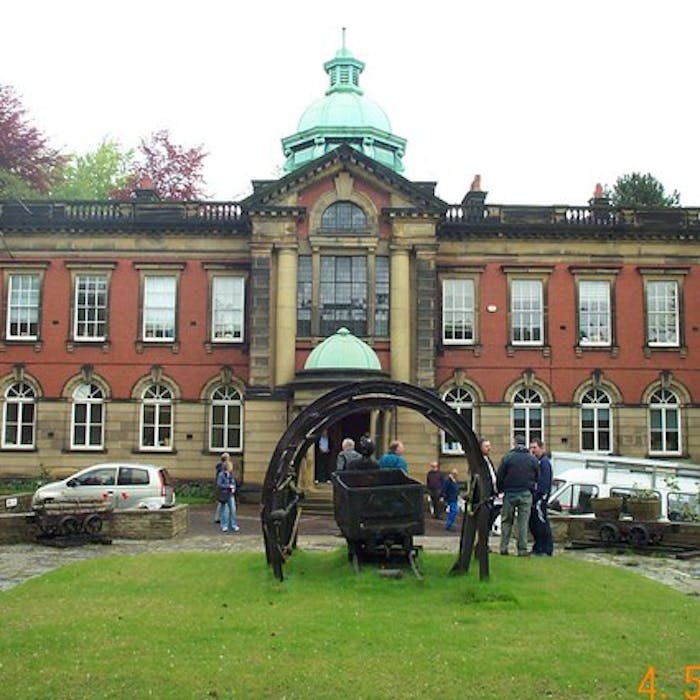
Redhills - home of the Pitman's Parliament
The Miners’ Hall at Redhills, Durham opened in October 1915 as probably the finest, purpose-built trade union building in Britain. Its debating chamber was known as the "Pitman's Parliament".
It was the headquarters of an organisation that sought to better the lives of local mining communities through organised action, welfare, education and culture.
On a chill November night in 1869, a few good men gathered in the Market Tavern in Durham City to form the Durham Miners’ Association. Their plan was to organise resistance to the cruelties of Victorian coal owners. The men who met were progressive, liberal Methodists determined to improve the lot of the working class.
They abhorred the squalor, illiteracy and ungodliness which ‘beset the coalfield’. They were determined, through biblical conviction, to unite the workers and communities of the greatest coalfield in the world. In doing so they built one of the most powerful and influential institutions.
The Durham Miners’ Association (DMA) grew exponentially. By 1911 it had over 200,000 members and the finance to build a sizeable bureaucracy to manage its affairs. The first miners’ hall in Durham’s North Road was soon too small to house ‘the pitman’s parliament’. A newer, grander one had to be built.
The Miners’ Hall at Redhills opened in October 1915 as probably the finest, purpose-built trade union building in Britain. The union men set about their business of organising and educating the people of the county. The DMA and its offshoots built homes for aged mineworkers who otherwise would be turned out of their houses on retirement. The union lodges built reading rooms and welfare halls where myriad amateur dramatic groups, brass bands, choirs and other cultural pursuits blossomed. Redhills stood in the centre of this burgeoning culture. The self-made tradition and heritage of the county blossomed under union patronage and community passion.
Much of this still remains as a highly distinctive culture of music, word and textiles. There are still 27 brass bands in the county, over 100 choirs and more than 60 banner groups who restore and maintain the ‘colours’ of their villages.
Long before the welfare state the mining unions of Durham created their own welfare state within the coalfield. They provided education for the young, hospital care, doctors, sick-pay and unemployment benefit. Their welfare halls became the centre of village life where the recreational facilities were without rival amongst the industrial working class.
Redhills has recently gained the support of The National Lottery Heritage Fund, Durham County Council and others to embark on an extensive programme of restoration and renewal. The plan is for it to continue as a centre of culture, heritage and education for the Durham Coalfield area and beyond.
Further reading
Links to external websites are not maintained by Bite Sized Britain. They are provided to give users access to additional information. Bite Sized Britain is not responsible for the content of these external websites.
